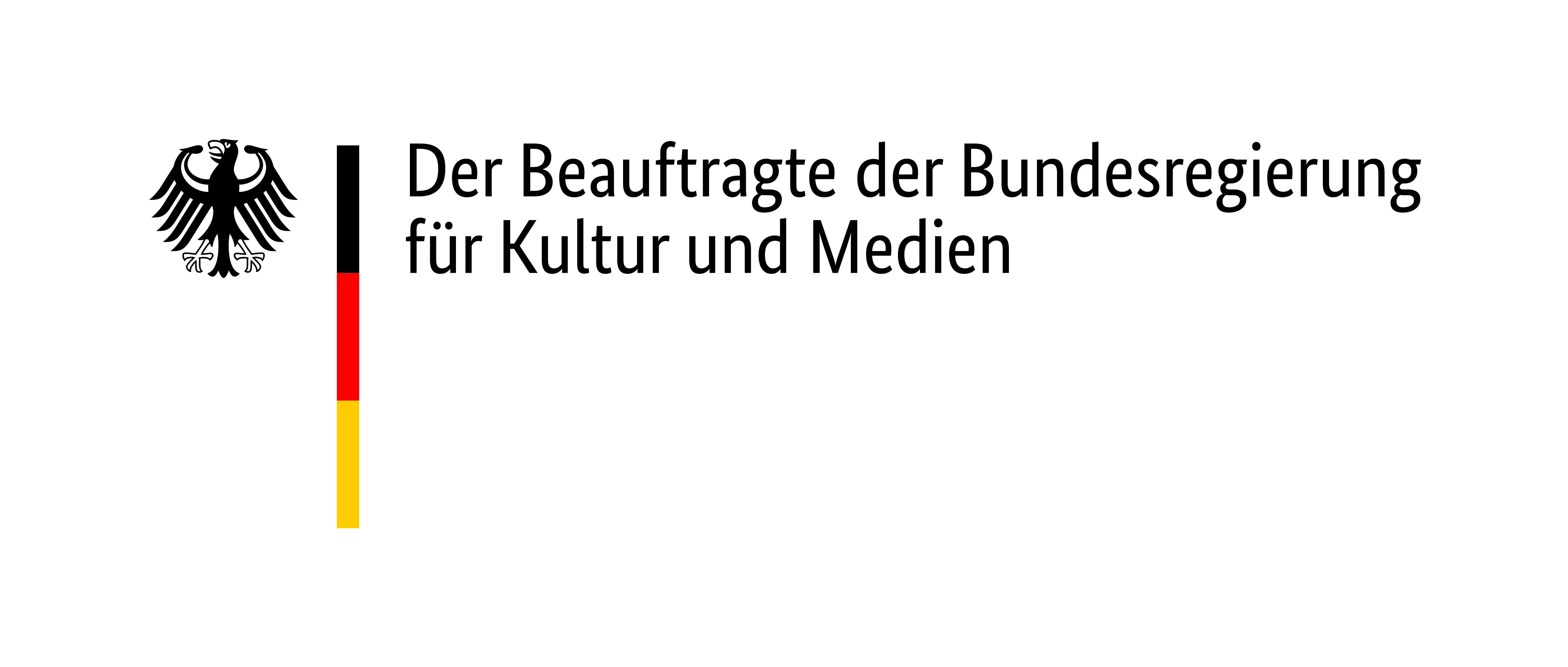
In September 1944, a number of subcamps of the Ravensbrück women’s concentration camp came under the Buchenwald administration. In Schlieben in Brandenburg, for example, women had to perform heavy labour for the Hugo-Schneider armaments corporation of Leipzig. Hildegard Reinhardt, a Sinte from Ravensburg, was twenty-three at the time.
She later recalled:
“I had been classified as fit to work and was on the first transport to leave Auschwitz in 1944. We were taken to Schlieben, where there was a munitions factory. There we manufactured the Panzerfaust [anti-tank rocket launcher] and then we had to load the finished Panzerfäuste onto railway cars. One car could hold 350 to 360 boxes. That was all extremely heavy labour we had to perform. There was nothing for us to eat during the day; only in the evening did we get something to eat and drink.”[1]
Hildegard Reinhardt survived forced labour in the Schlieben and Altenburg subcamps. After the liberation she returned to her native town alone—the SS had done nothing to prevent her three little daughters Natalie, Irmela and Anita from starving to death in Auschwitz-Birkenau.
Since 2003, a memorial stone at the site of the former Block 5, where the camp labour statistics office was located, has commemorated Hildegard Reinhardt and the more than 27,000 other women and girls in the Buchenwald concentration camp subcamps.
[1]Daniel Strauß (ed.), … weggekommen: Berichte und Zeugnisse von Sinti, die die NS-Verfolgung überlebt haben (Berlin, 2000), p. 60.

